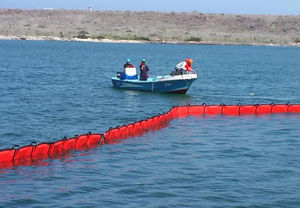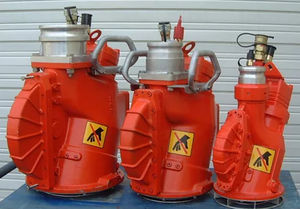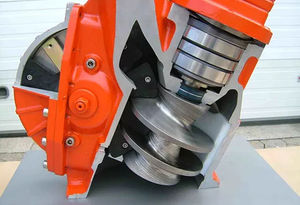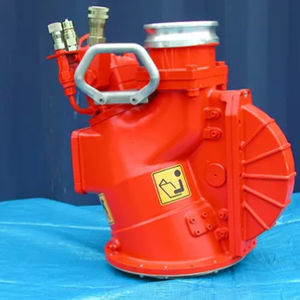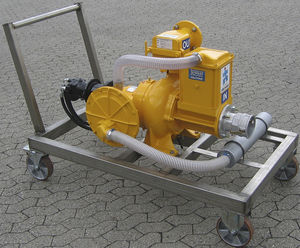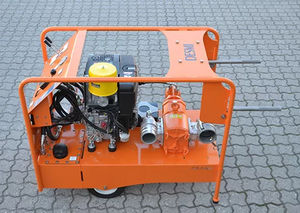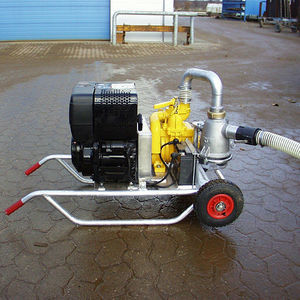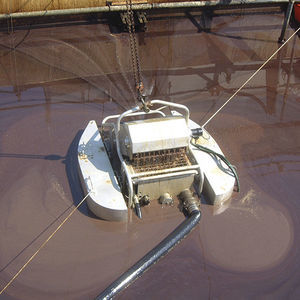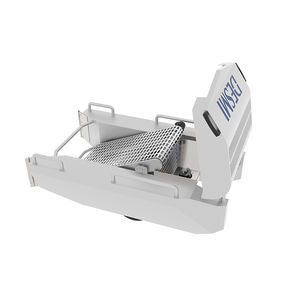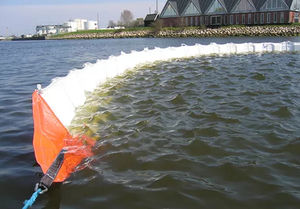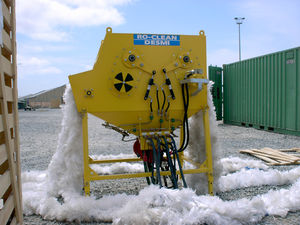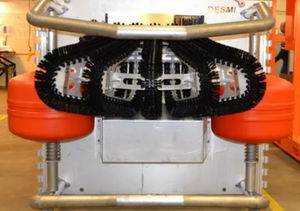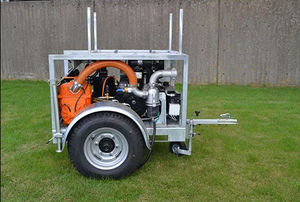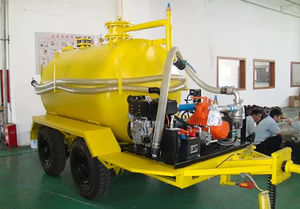
- Environment - Health - Safety
- Building Security and Machine Safety
- Oil anti-pollution boom
- DESMI Pumping Technology A/S
Oil anti-pollution boom PyroBoom®





Add to favorites
Compare this product
Characteristics
- Options
- oil
Description
A solid flotation barrier
PyroBoom® has been demonstrated to maintain its effectiveness and structural continuity even after exposure to a 2400 of fire for up to 24 hours. Operationally, PyroBoom® exhibits the toughness and durability that are the trademarks of its siblings, GlobeBoom® and Oilfence™.
In-situ burning of oil spills is becoming recognized as an effective and efficient solution to removal of spilled oil. PyroBoom® is a unique barrier utilizing a blend of refractory fabrics and metals to achieve a continuous burning capability of over 24 hours in a boom with conventionally geometry and sea keeping characteristics. We have been developing PyroBoom® since 1983 to meet the strenuous and unique operating regime of in-situ burning of petroleum spills.
Easy Maintenance and Repair:
PyroBoom® is a solid flotation barrier that combines a unique wire reinforced refractory fabric for the above surface barrier with conventional GlobeBoom® fabric for the skirt. The glass foam filled, steel hemispheres are mechanically attached to the barrier. The modular construction allows for easy salvage, maintenance and repair in the field.
Fabric:
Fireproof section consists of silicone coated, high temperature metallic (Inconel®) wires interwoven with similar wires and refractory materials (Fiberfrax®). For strength and flexibility below the water line, our proven PVC coated Polyester "ED" fabric is used.
VIDEO
Catalogs
Exhibitions
Meet this supplier at the following exhibition(s):

Other DESMI Pumping Technology A/S products
Environmental Solutions
*Prices are pre-tax. They exclude delivery charges and customs duties and do not include additional charges for installation or activation options. Prices are indicative only and may vary by country, with changes to the cost of raw materials and exchange rates.









